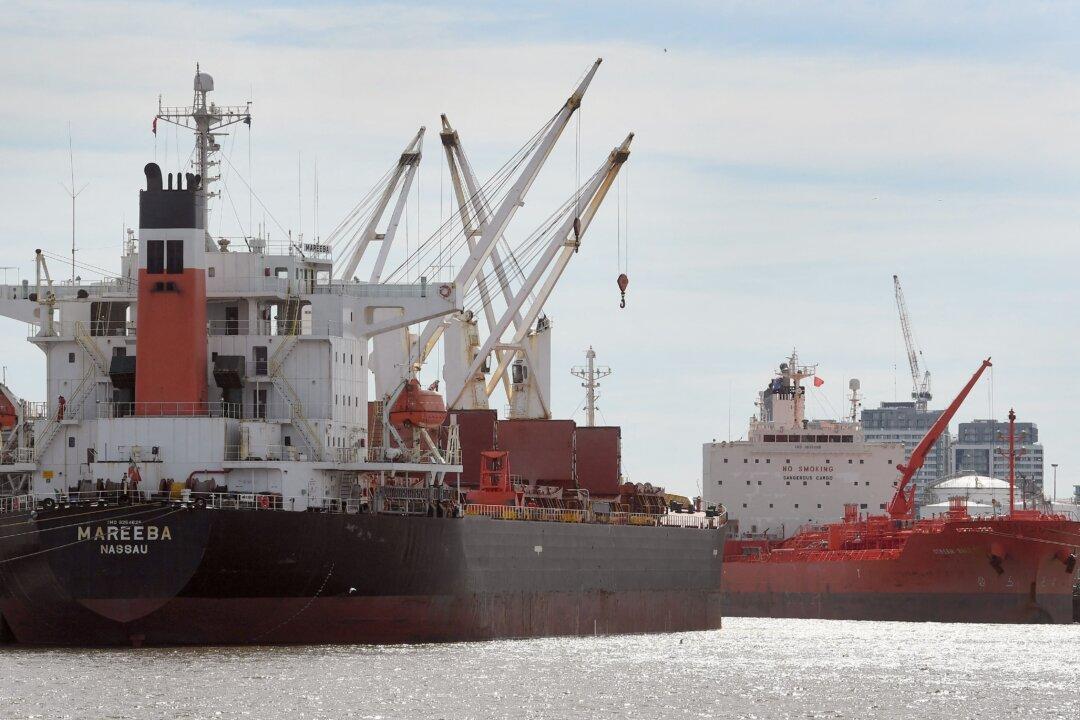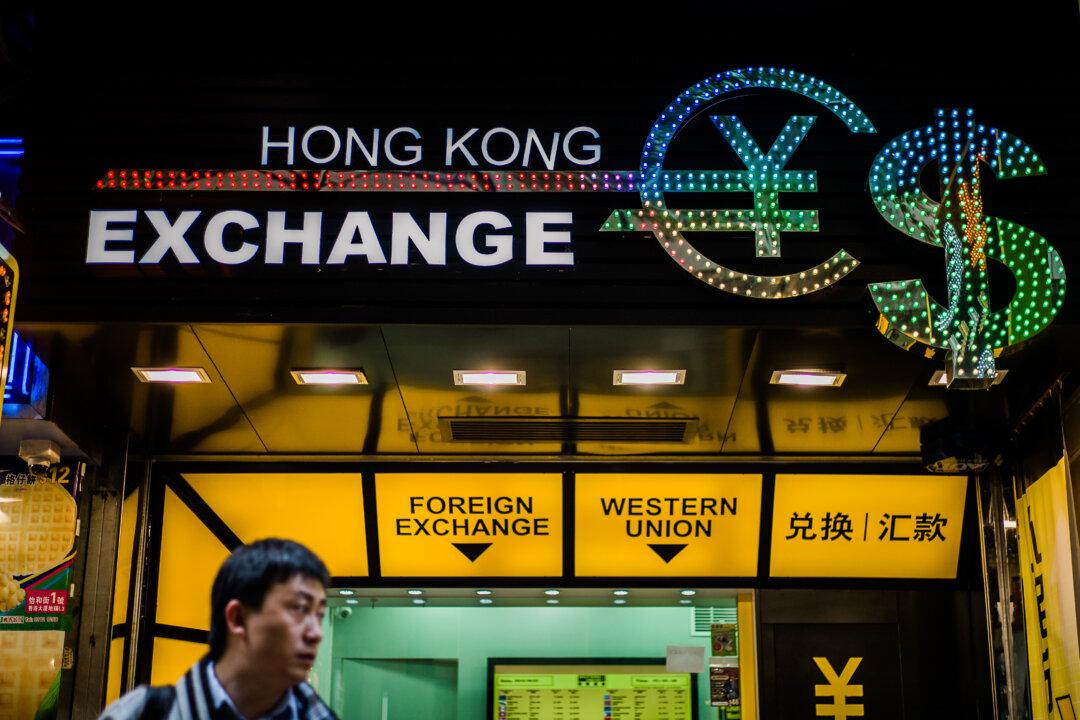International container shipping rates have plummeted more than 60 percent year-over-year, with industry insiders citing the decline in global cargo volume as the main reason, as well as the shipping market gradually recovering from the pandemic.
According to the Drewry World Container Index, a UK-based maritime research and consulting service, the composite index for 40-foot containers was $4,472 on Sept. 22, down 10 percent from a week earlier and 57 percent from its peak of $10,377 in the same period in 2021. This is the 30th consecutive week of declining rates.





